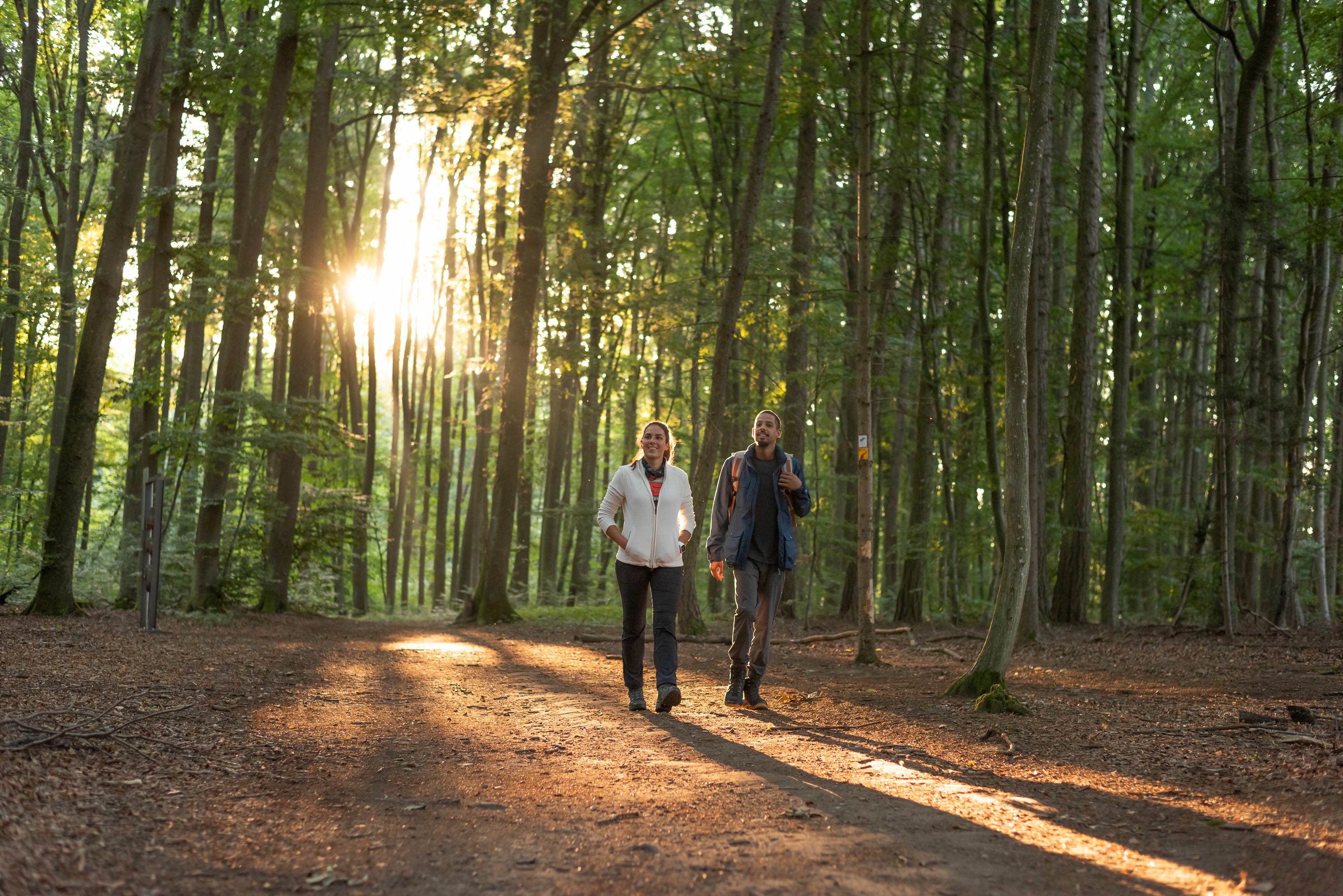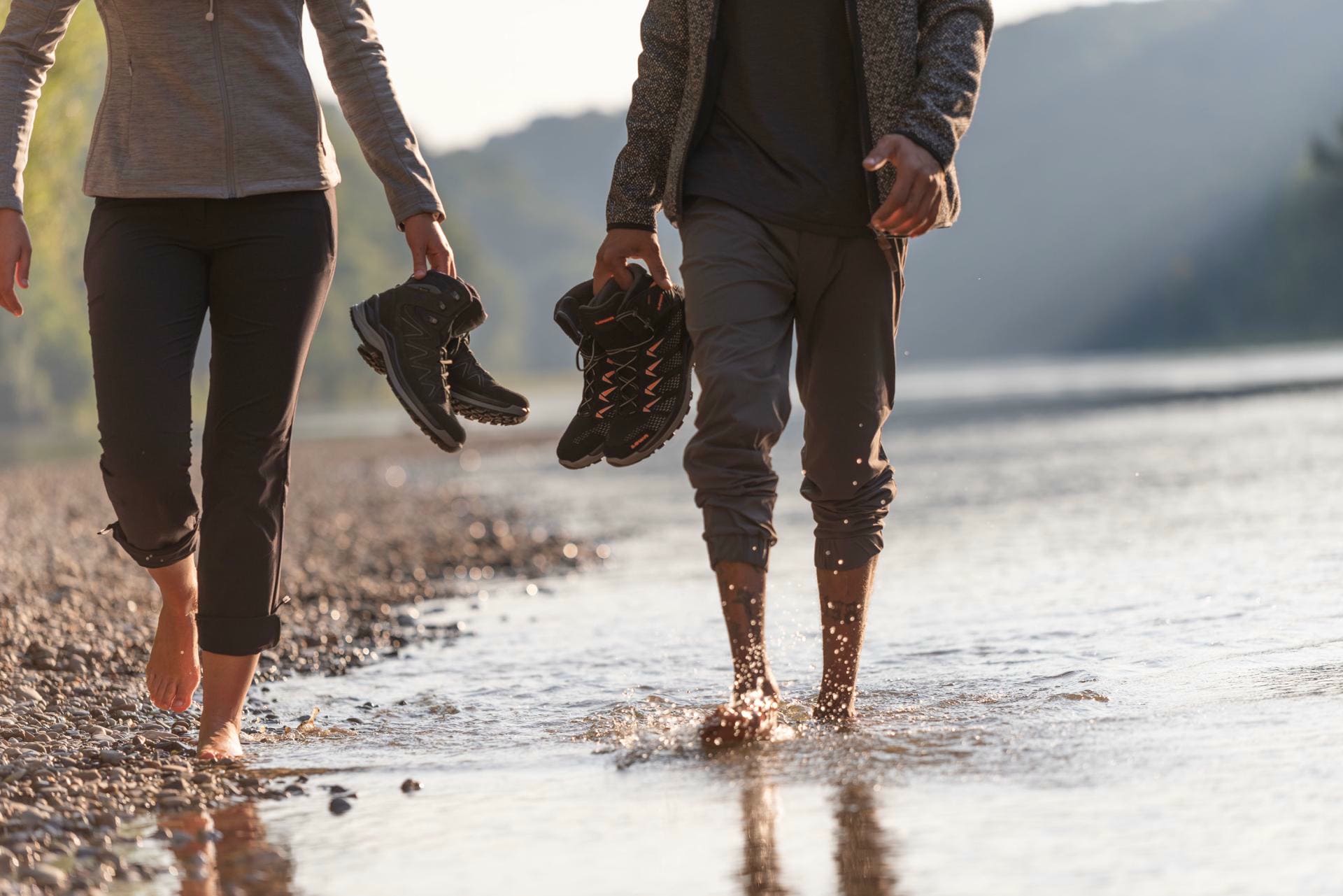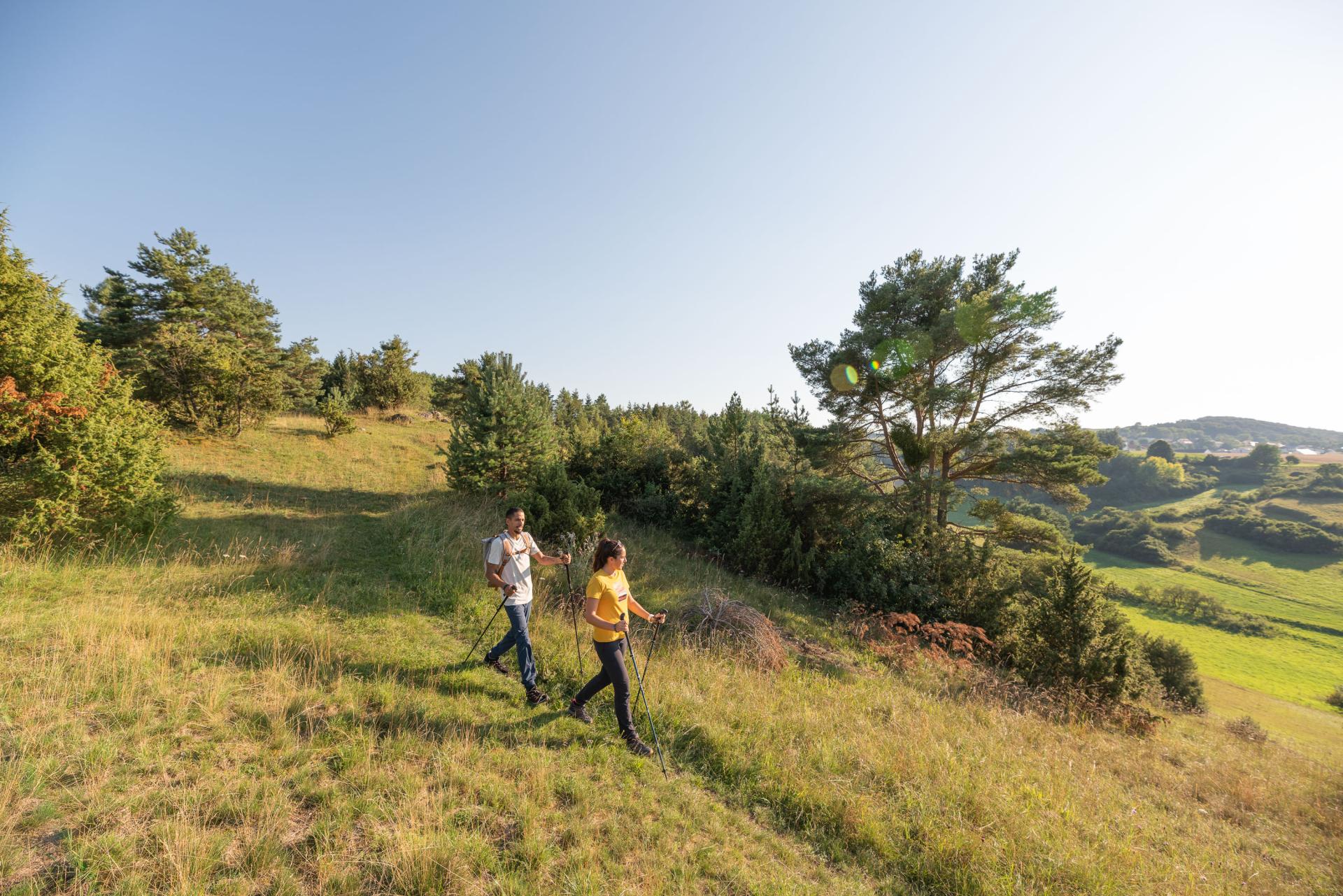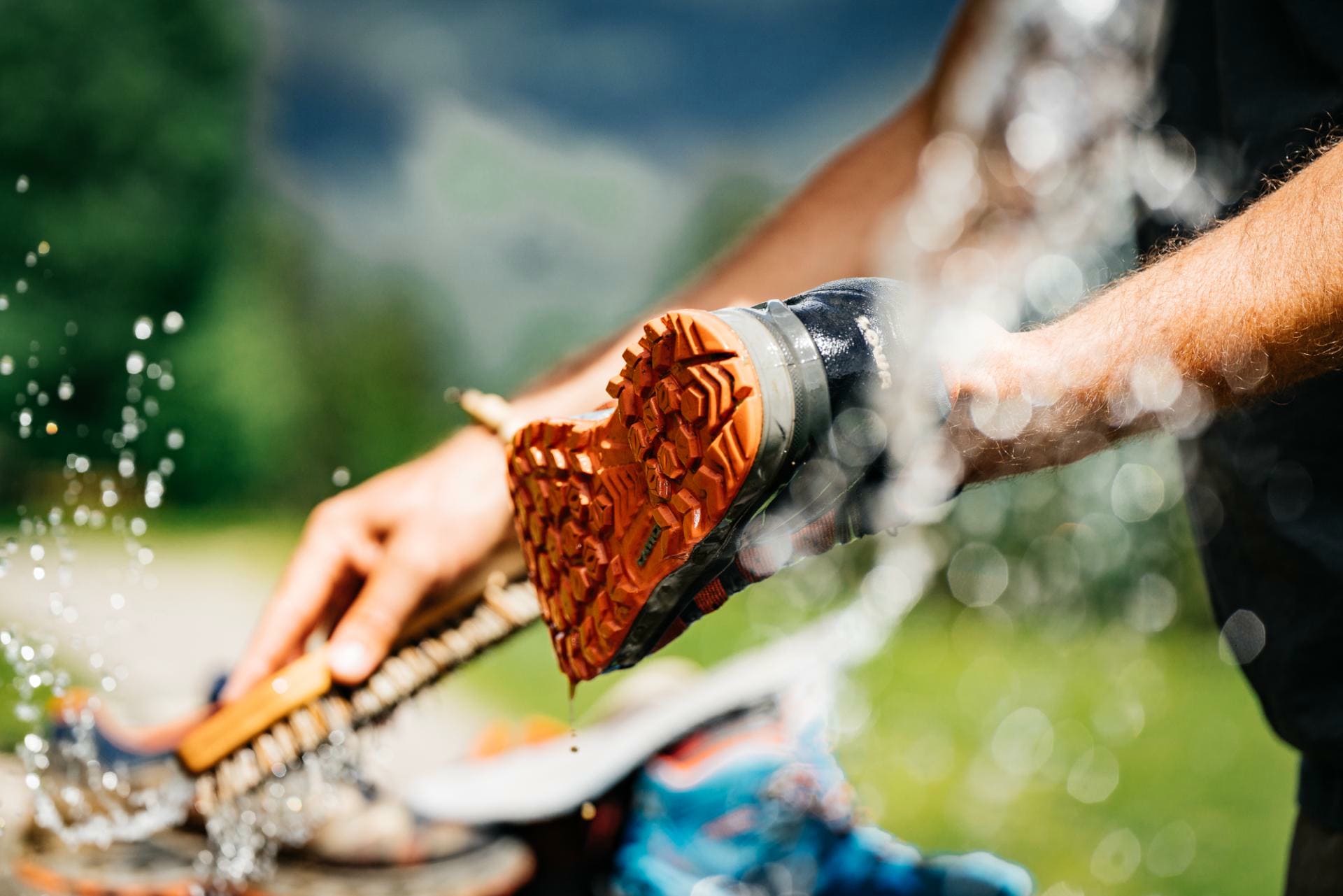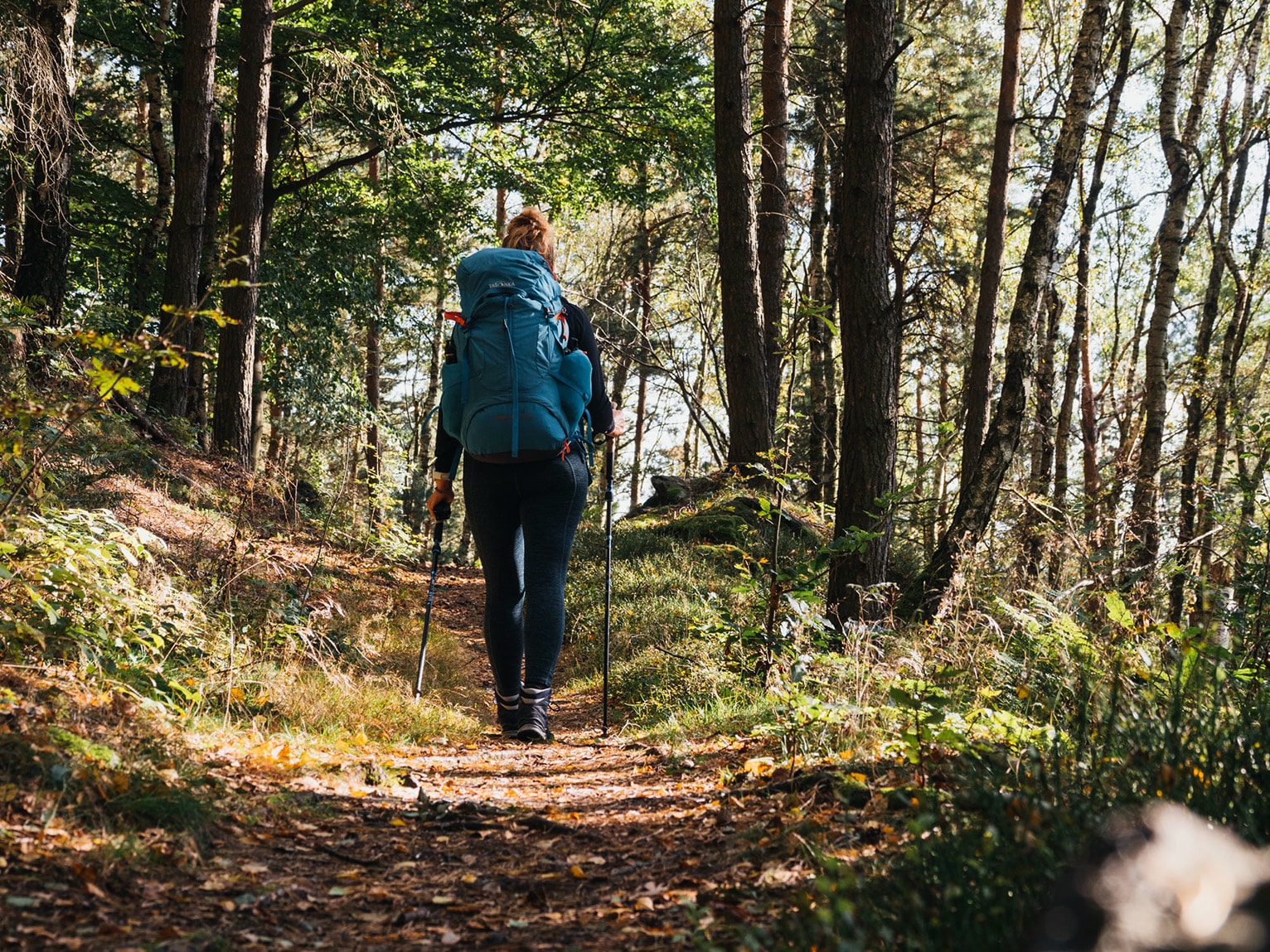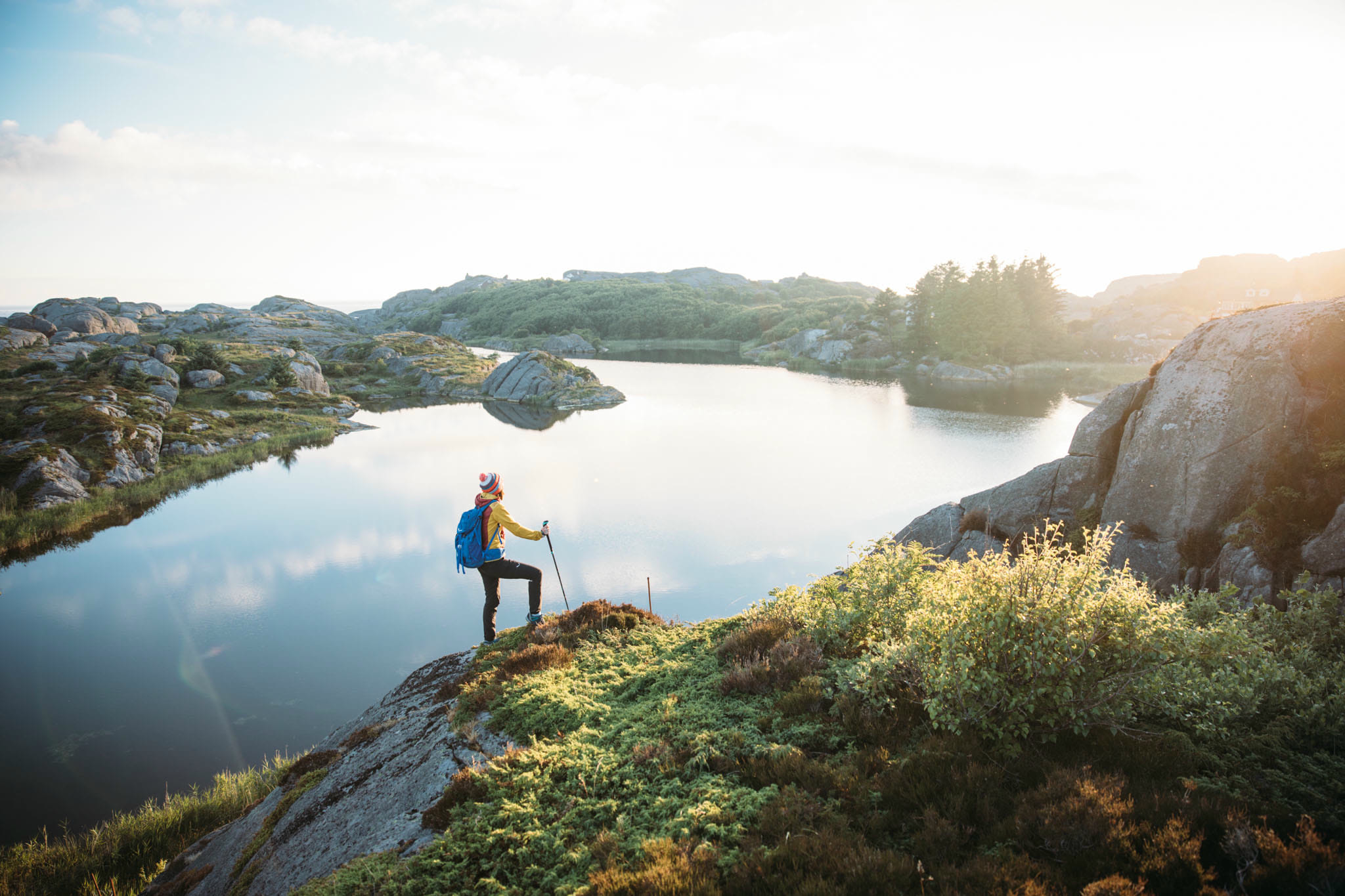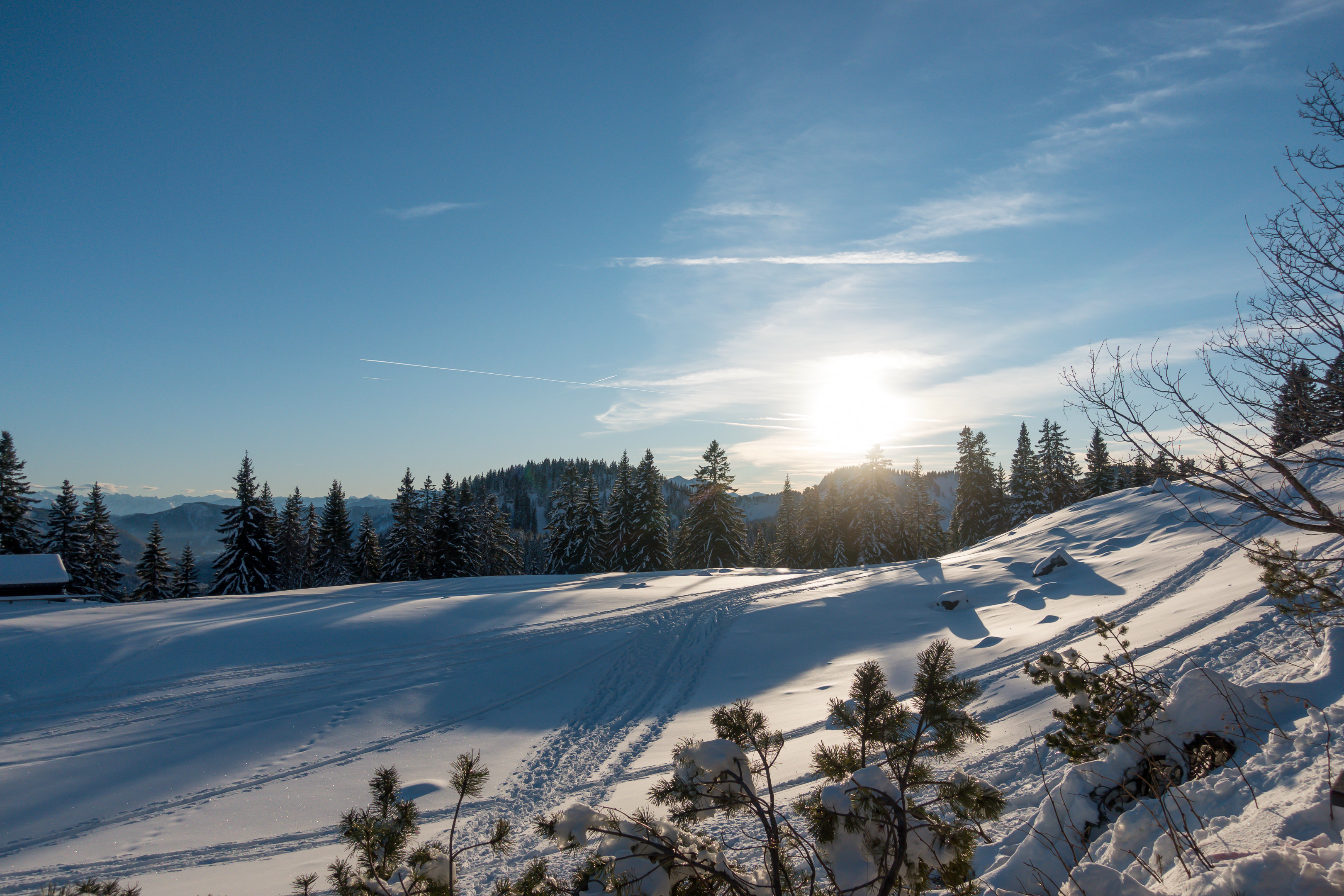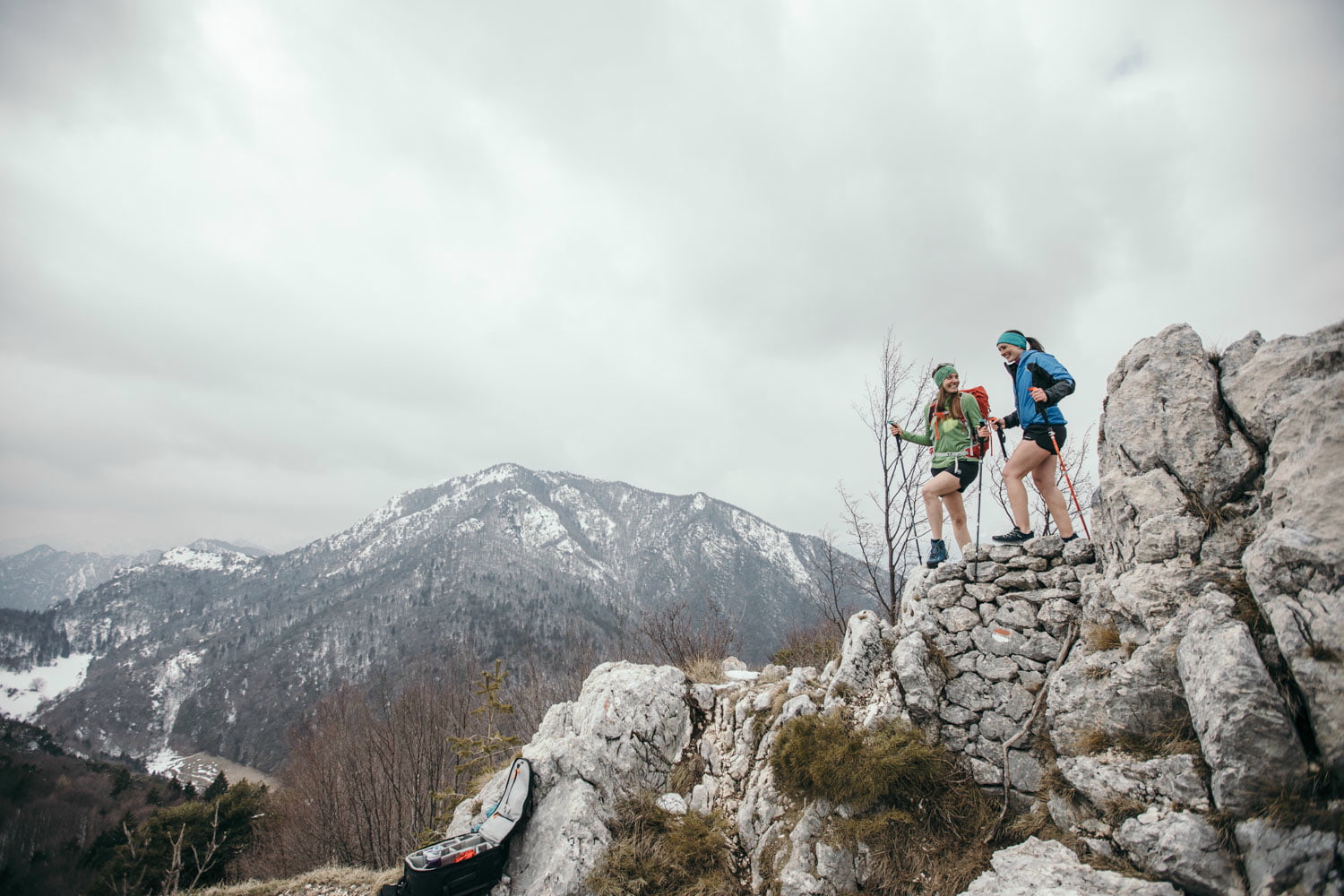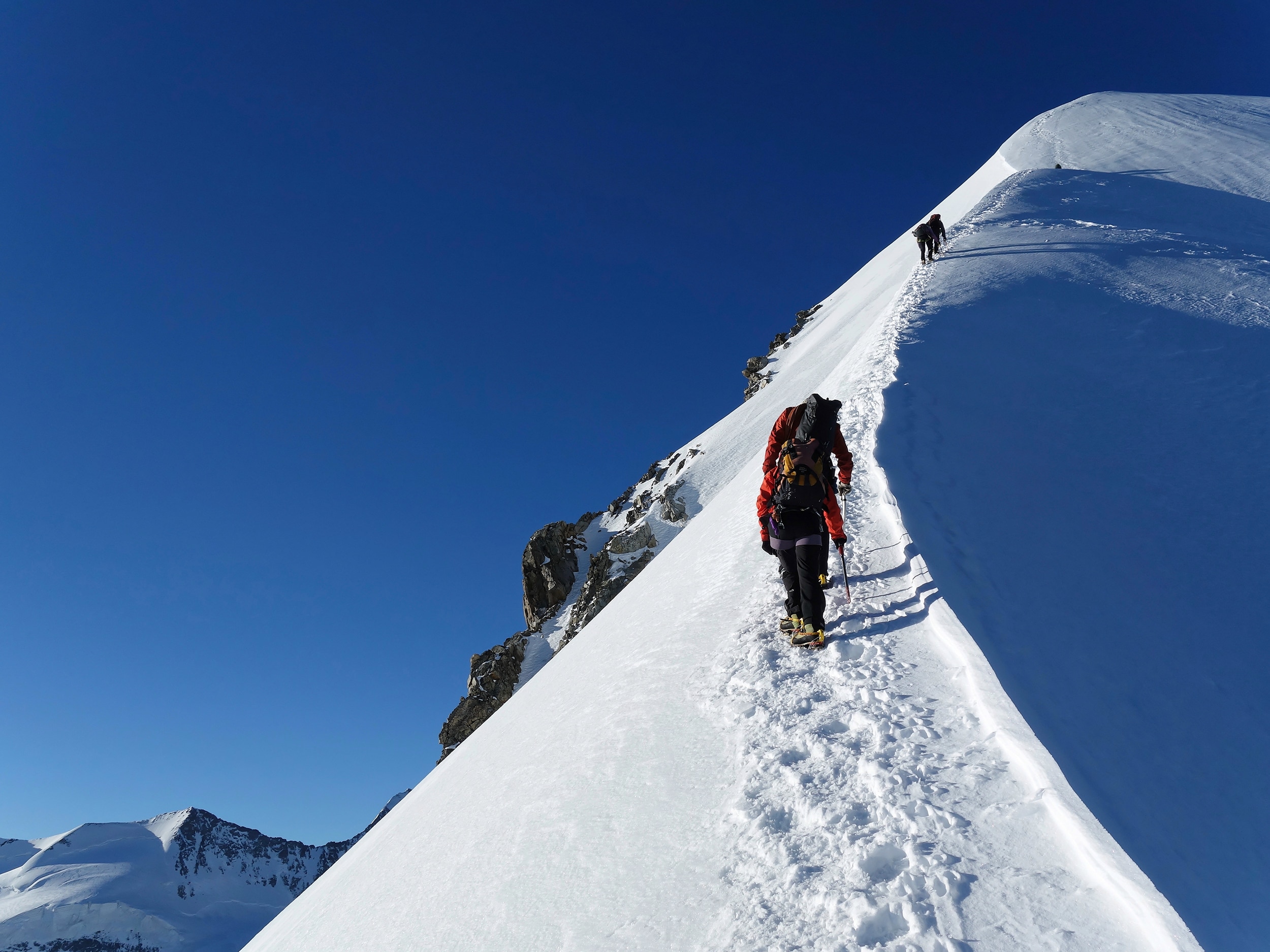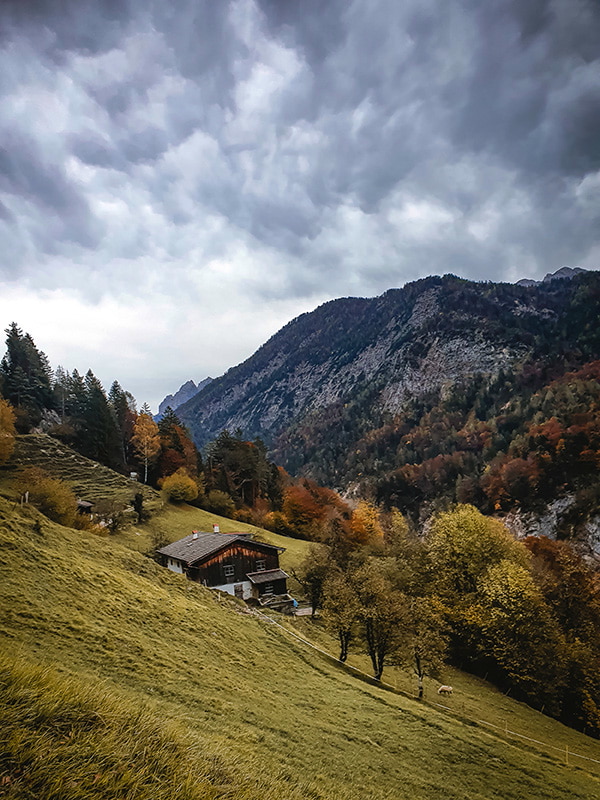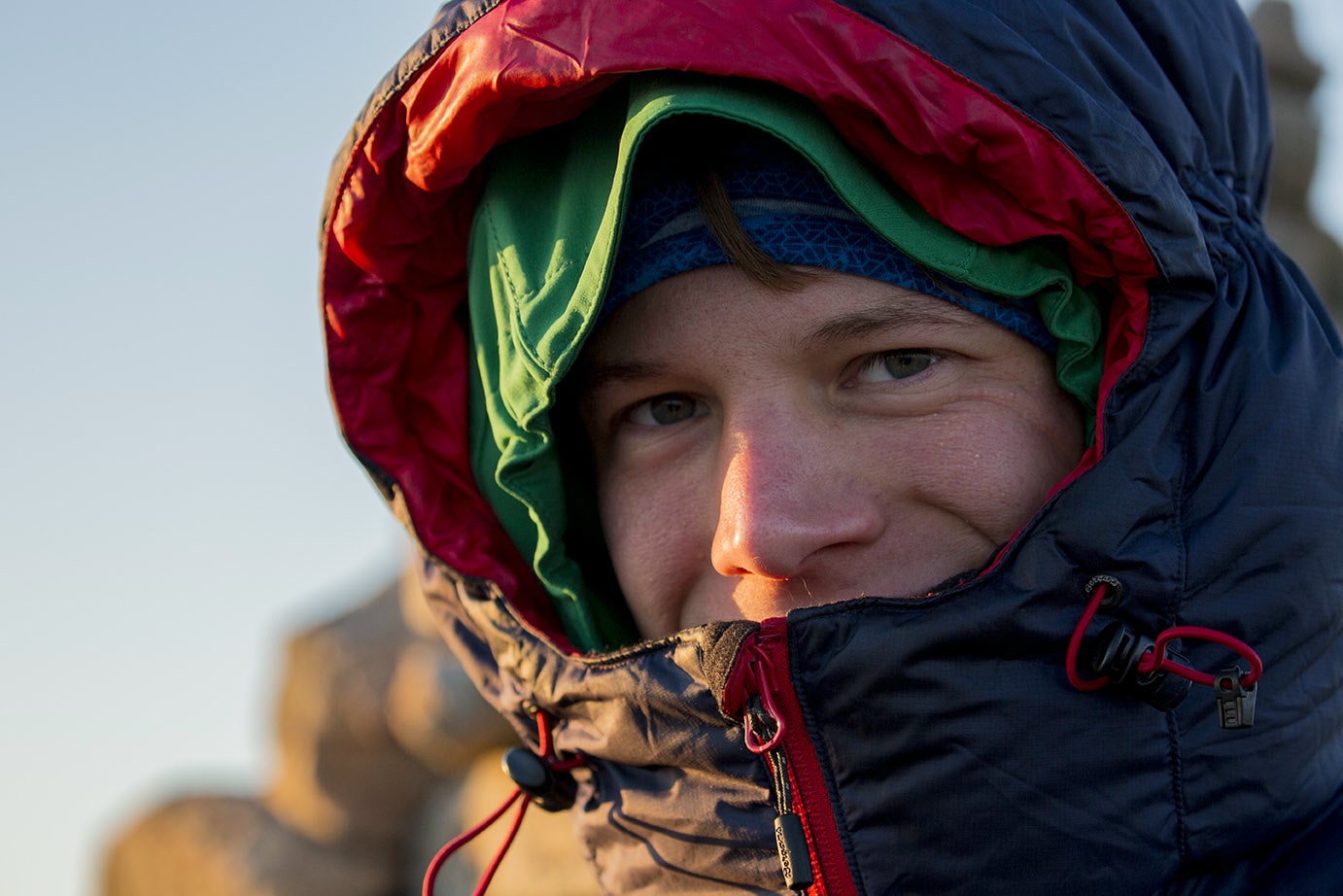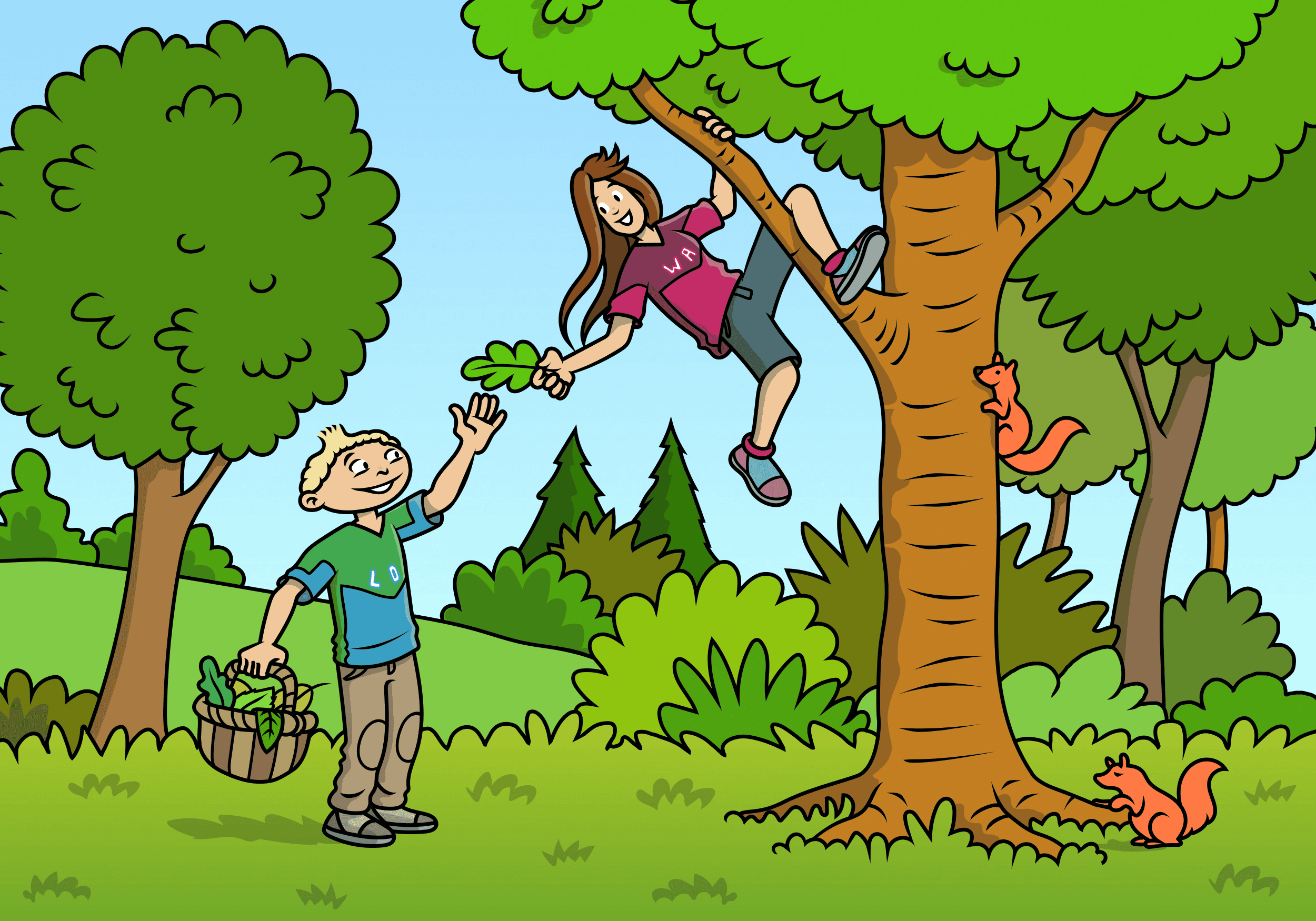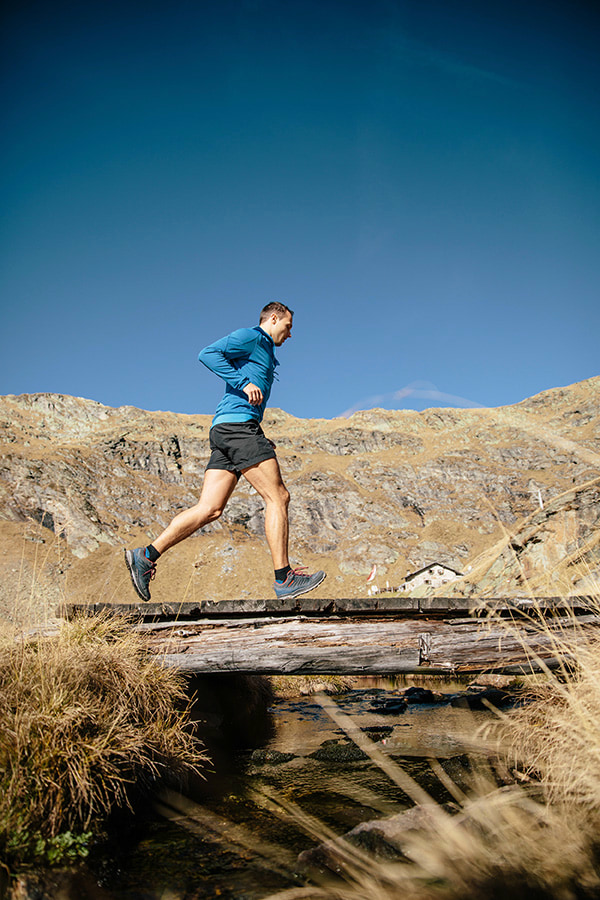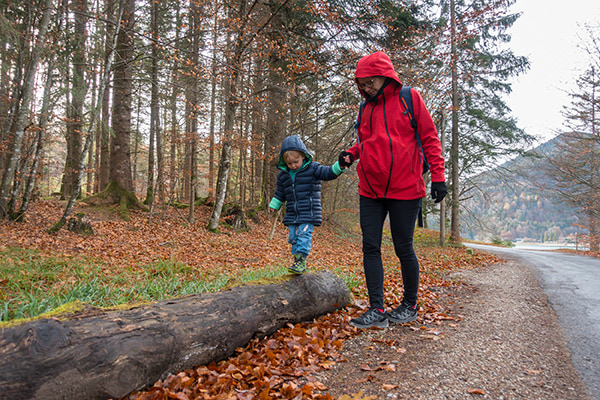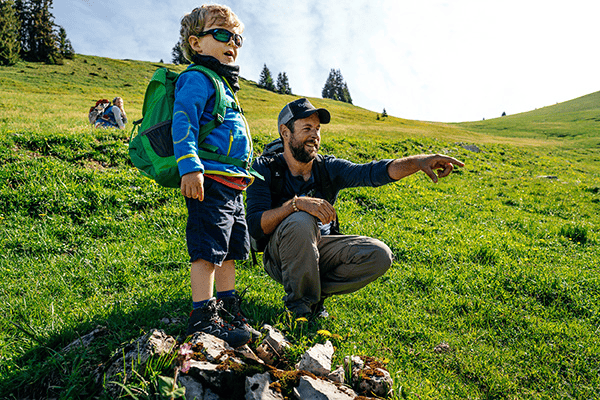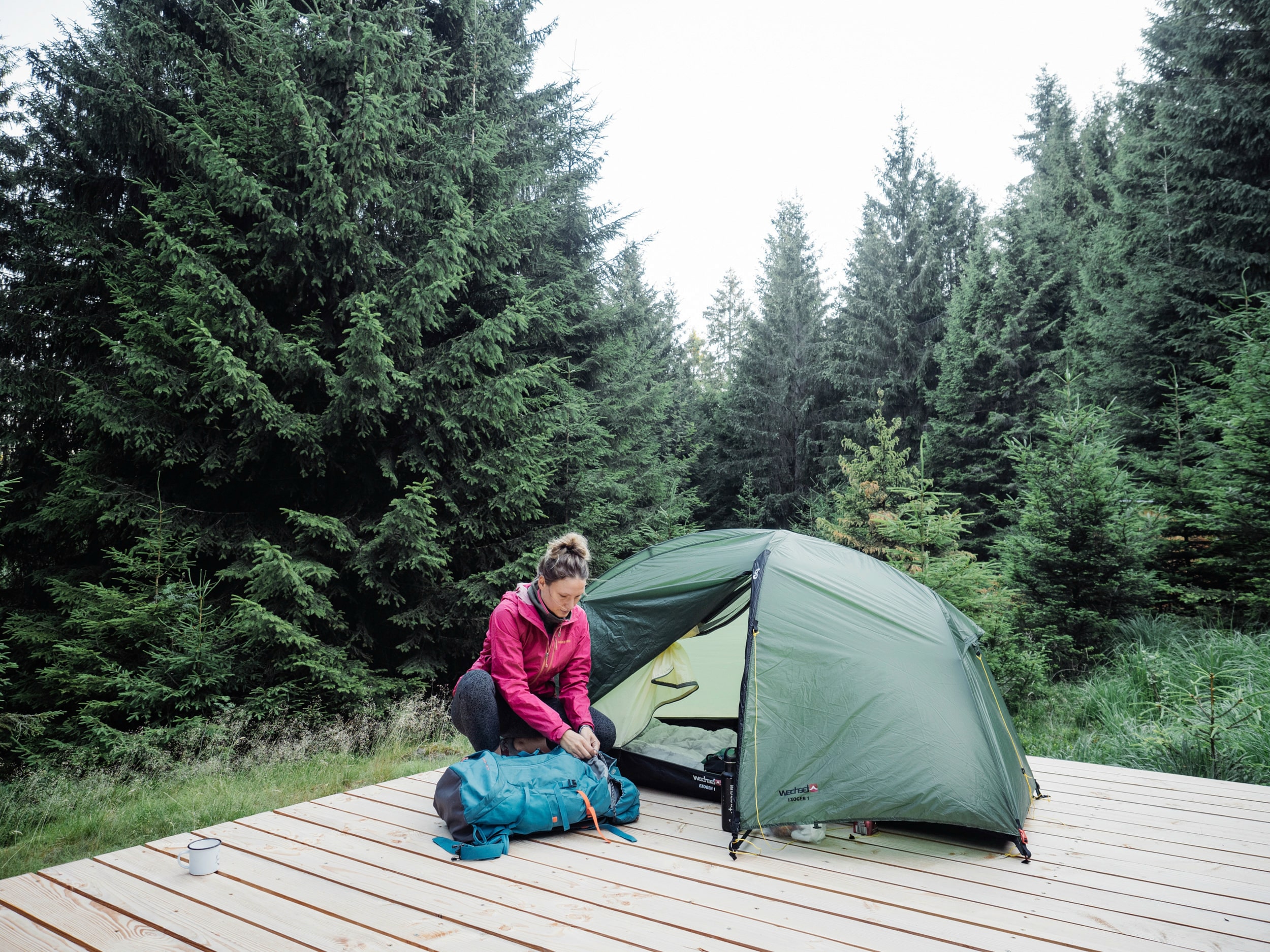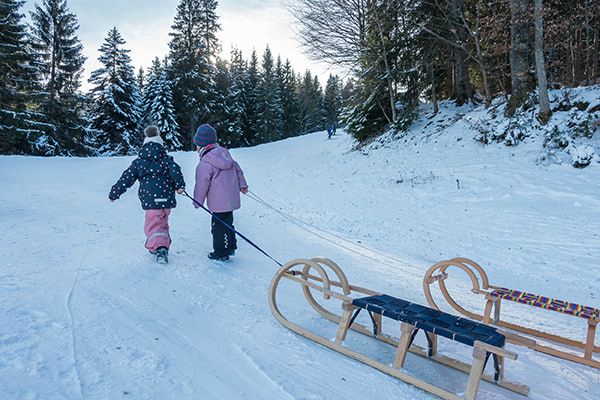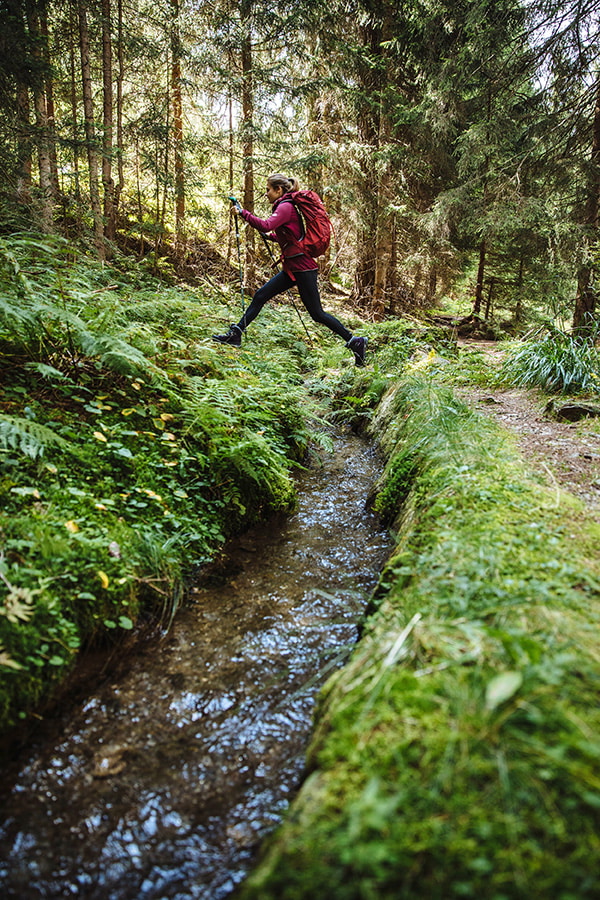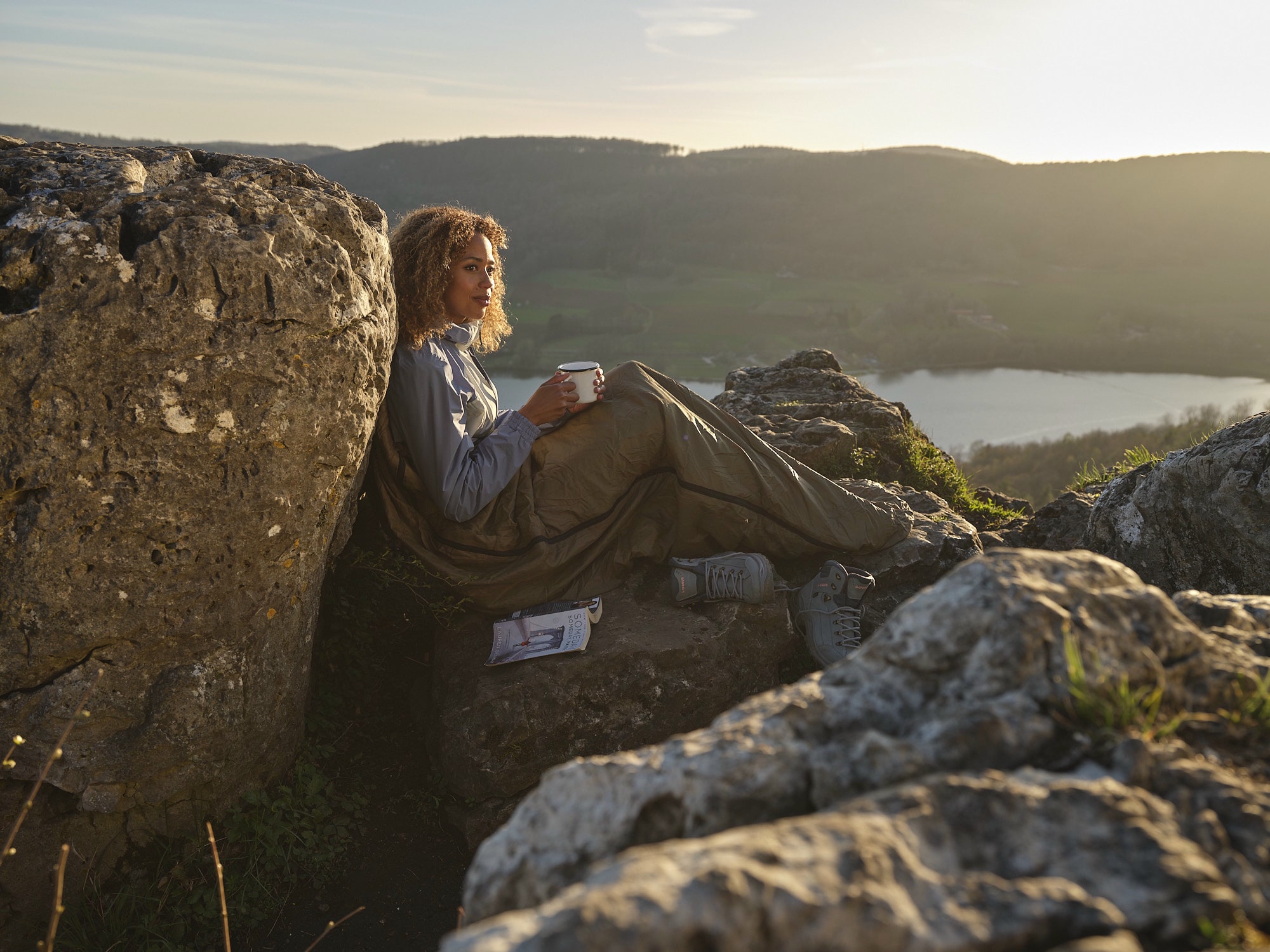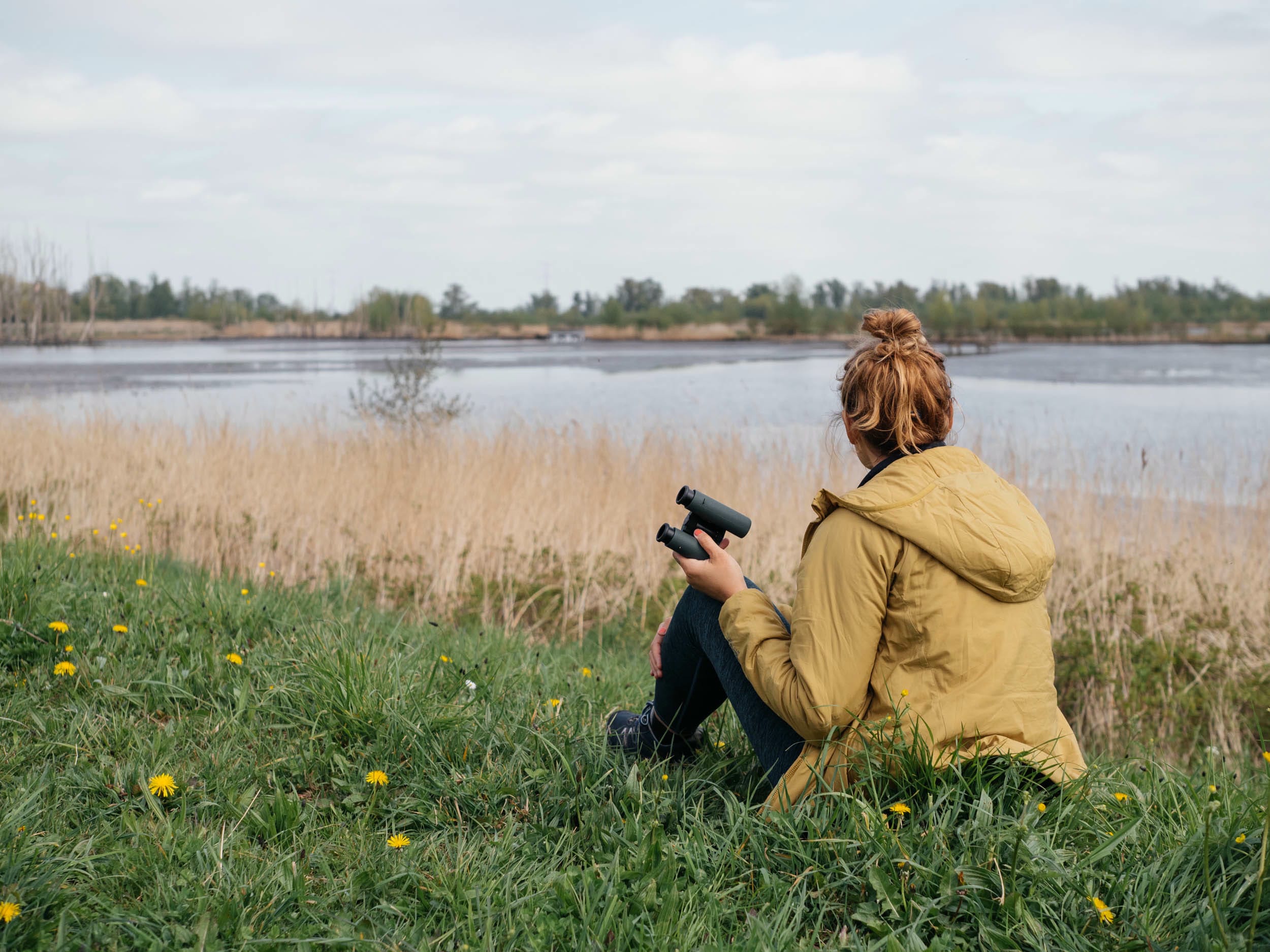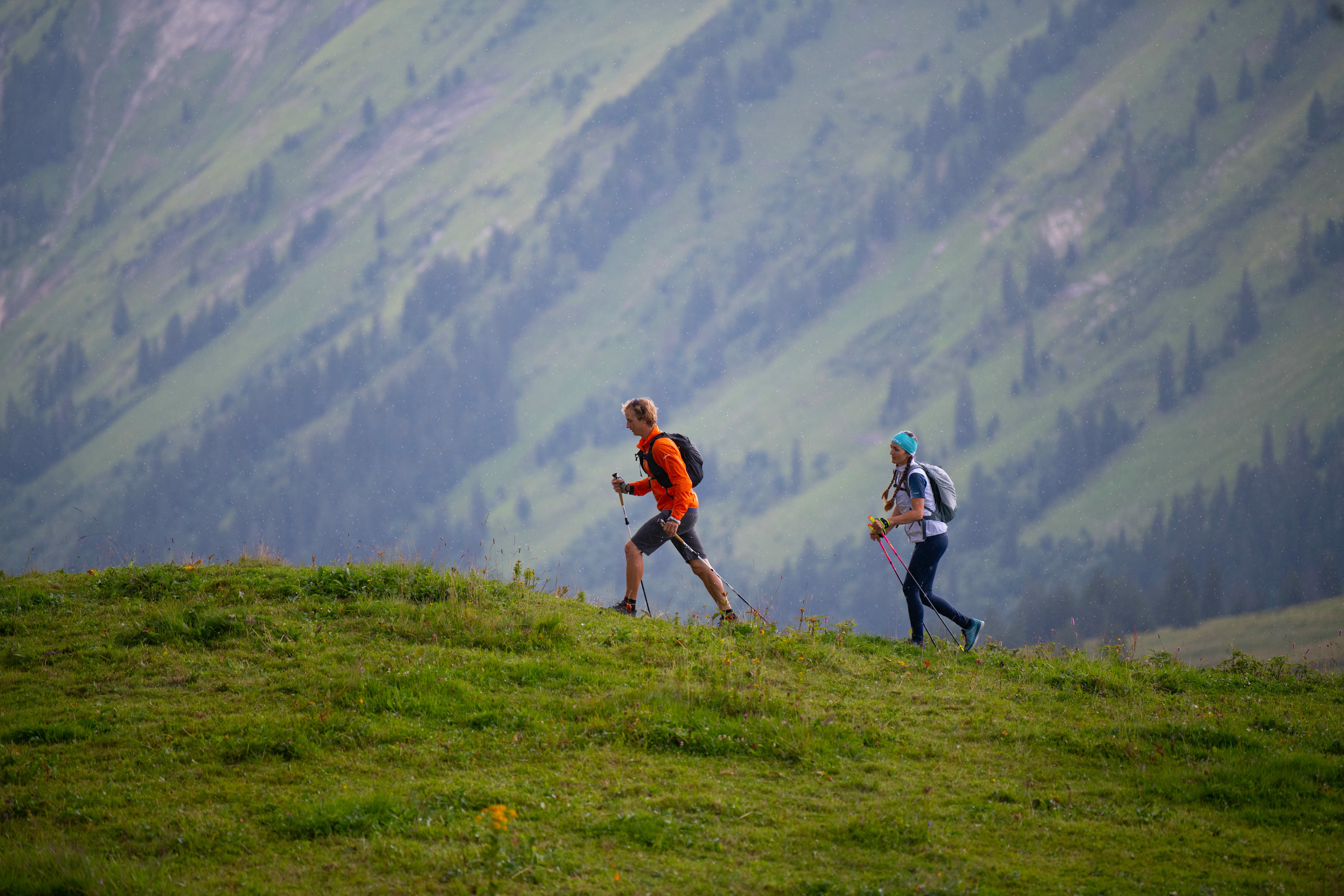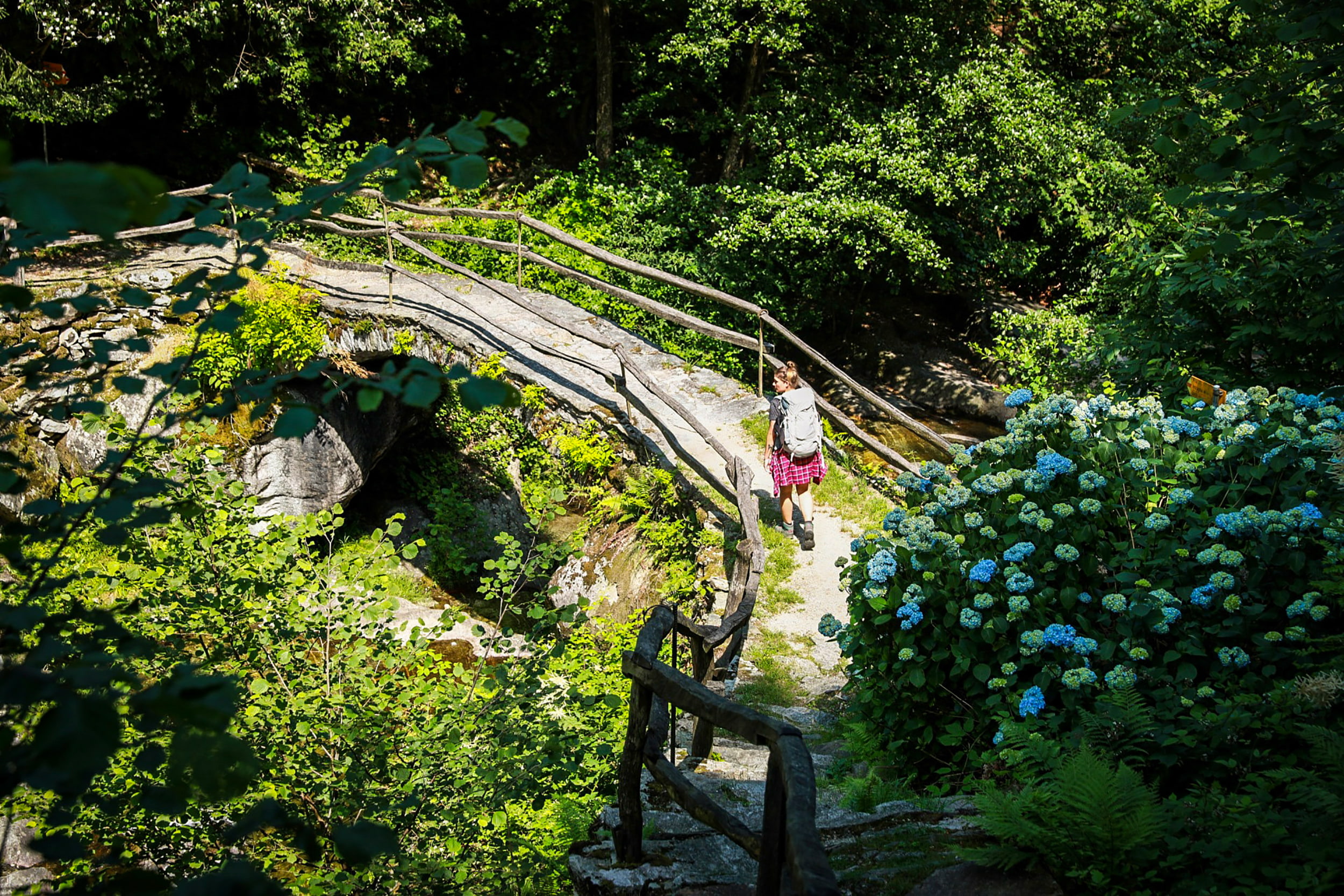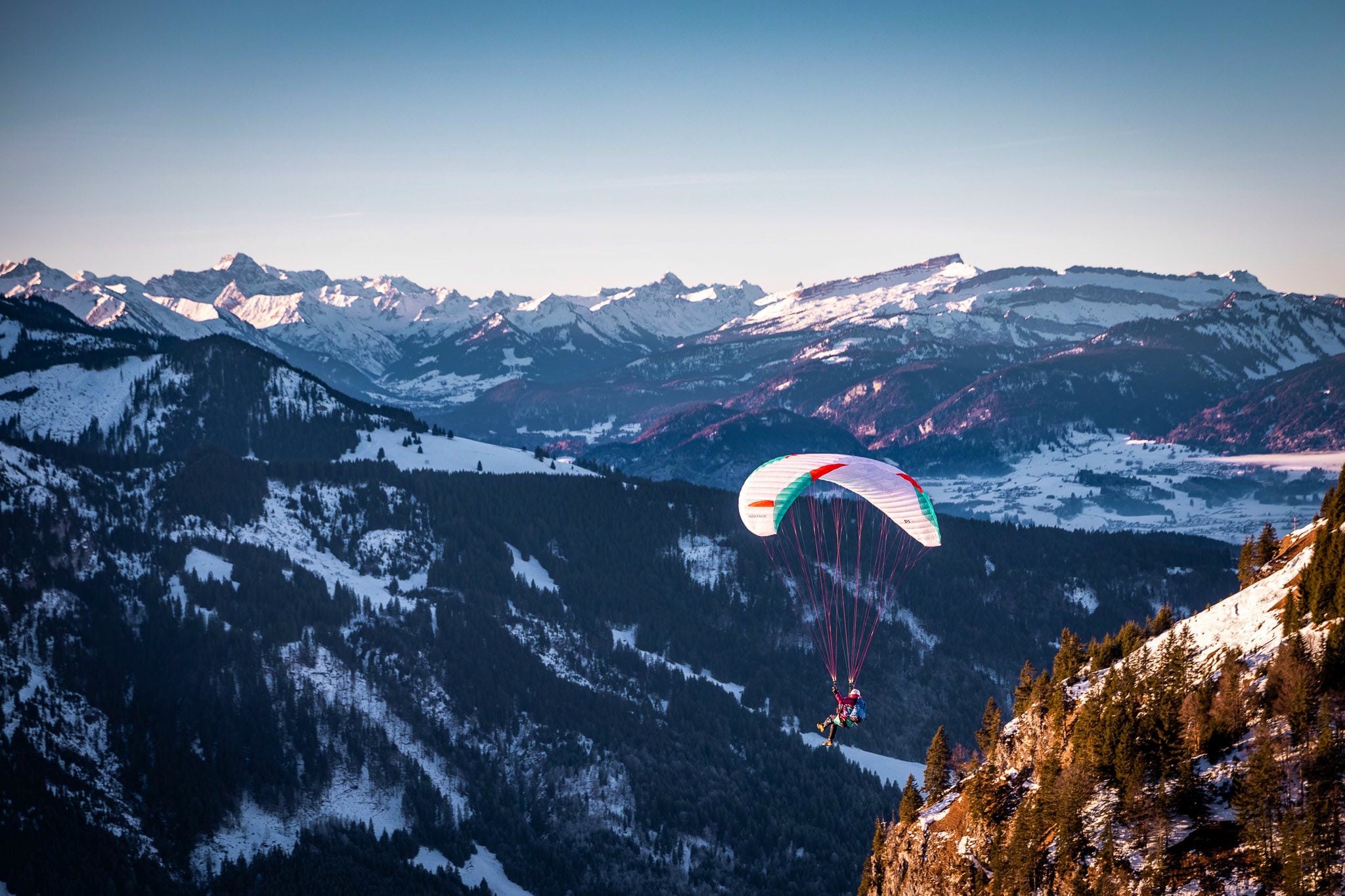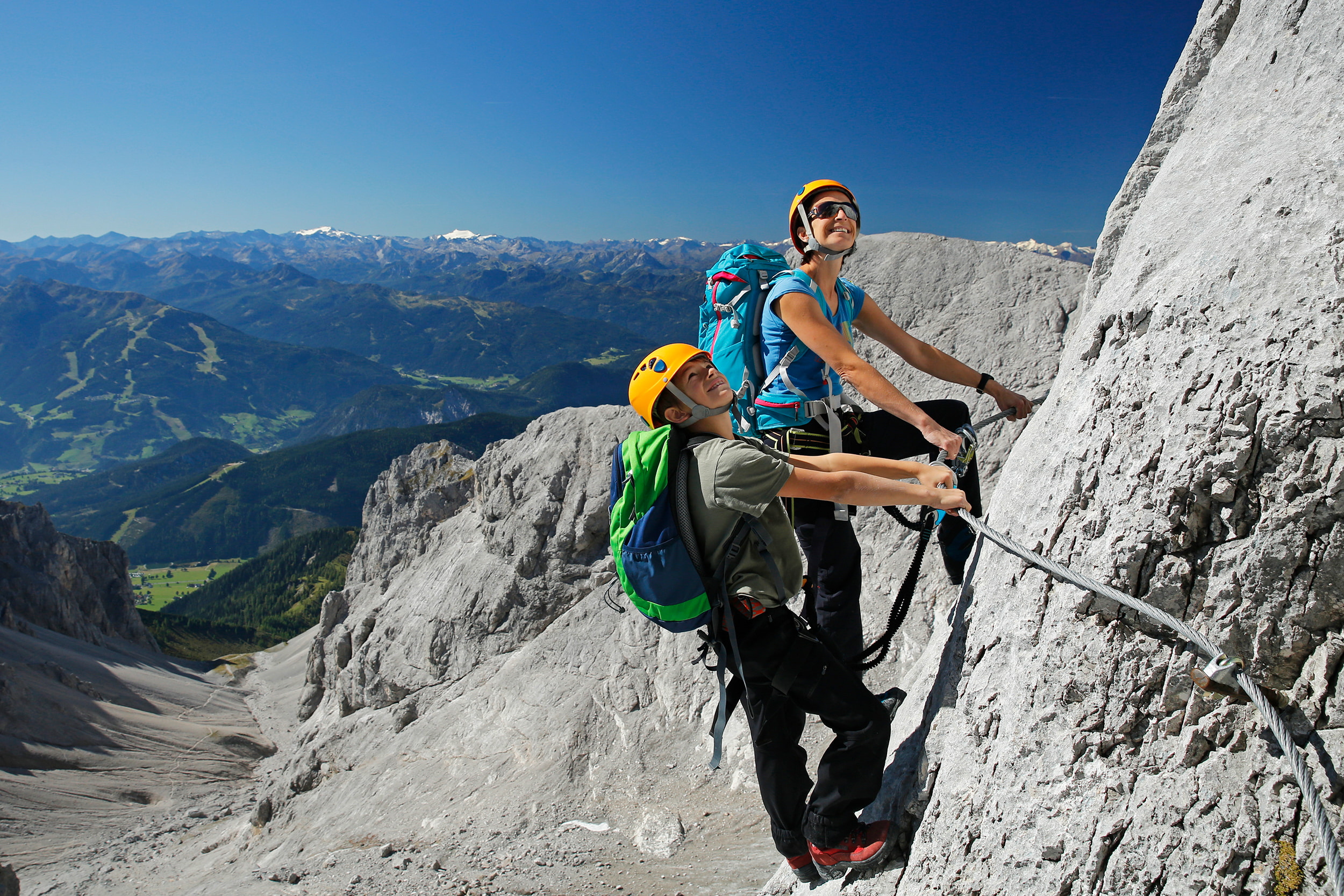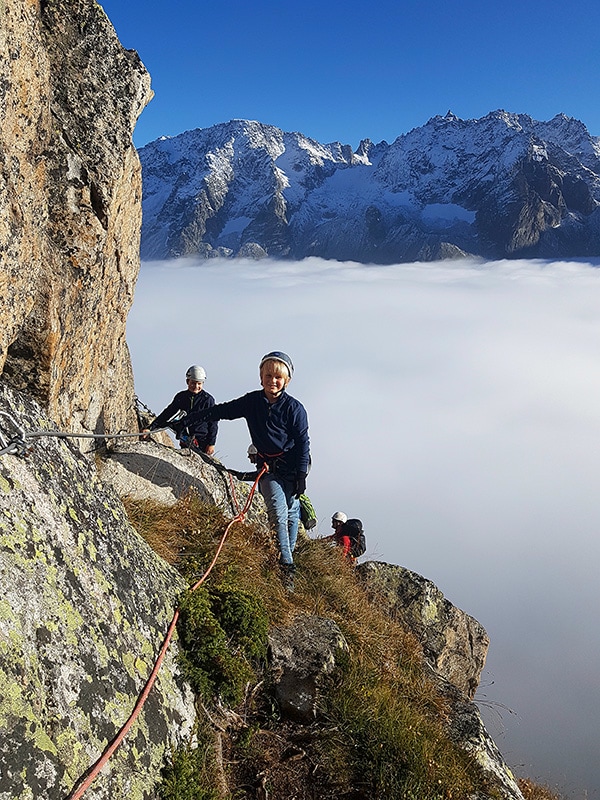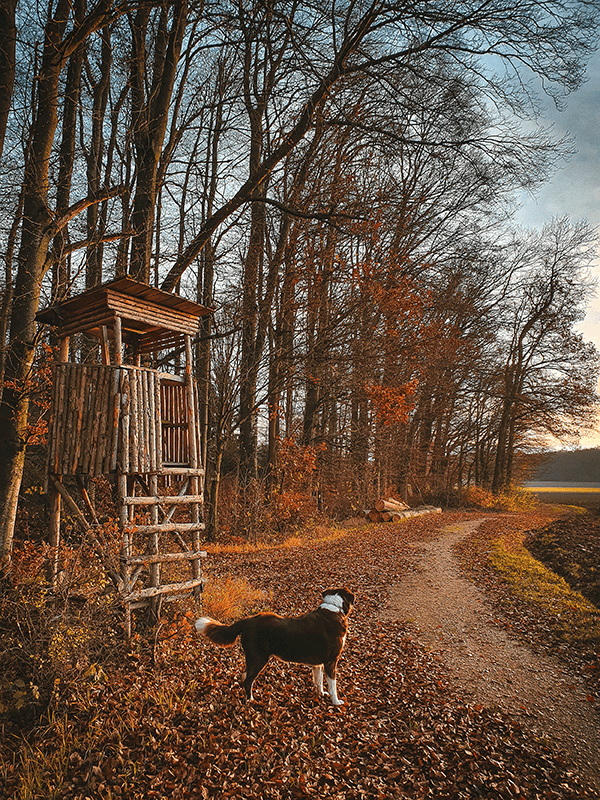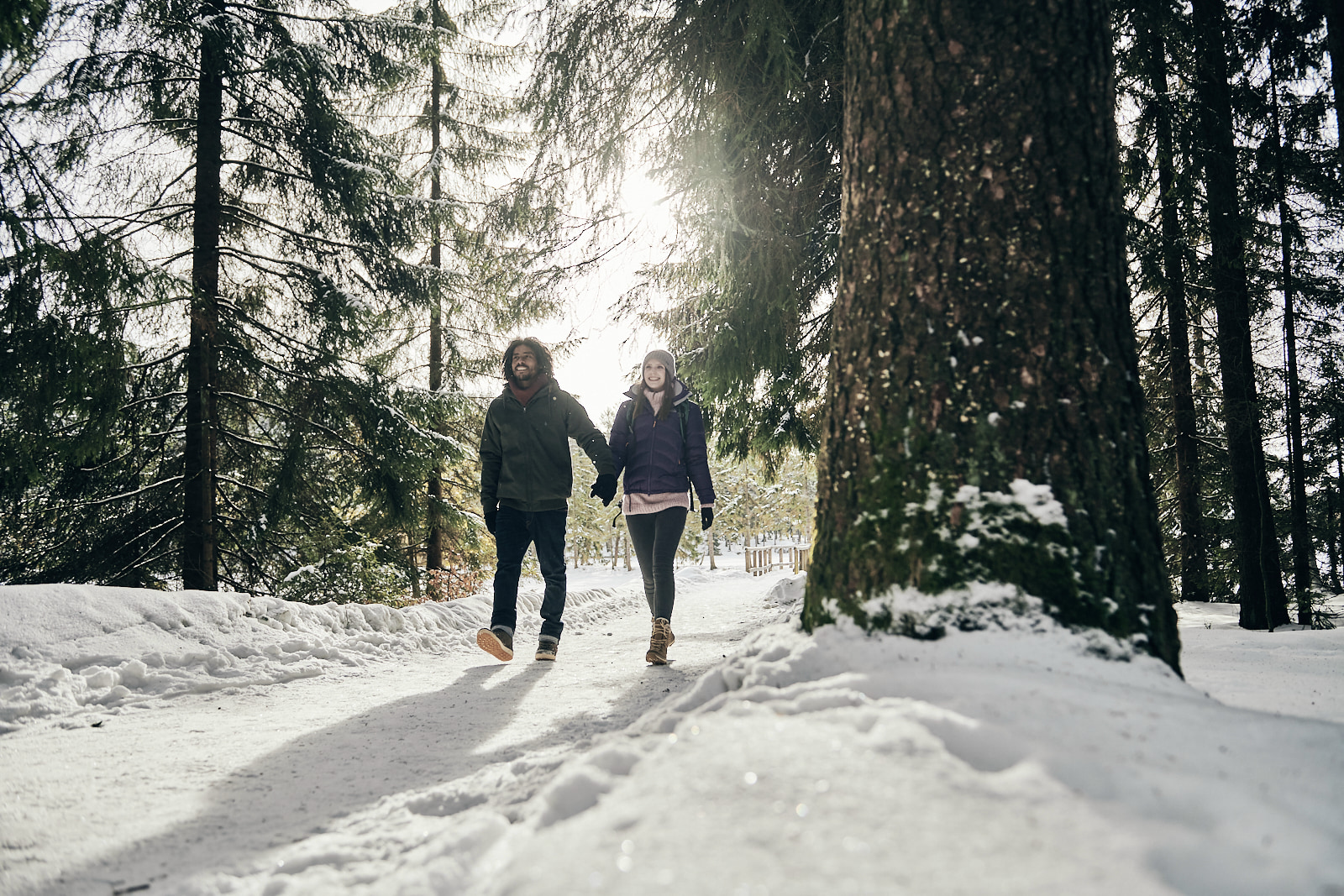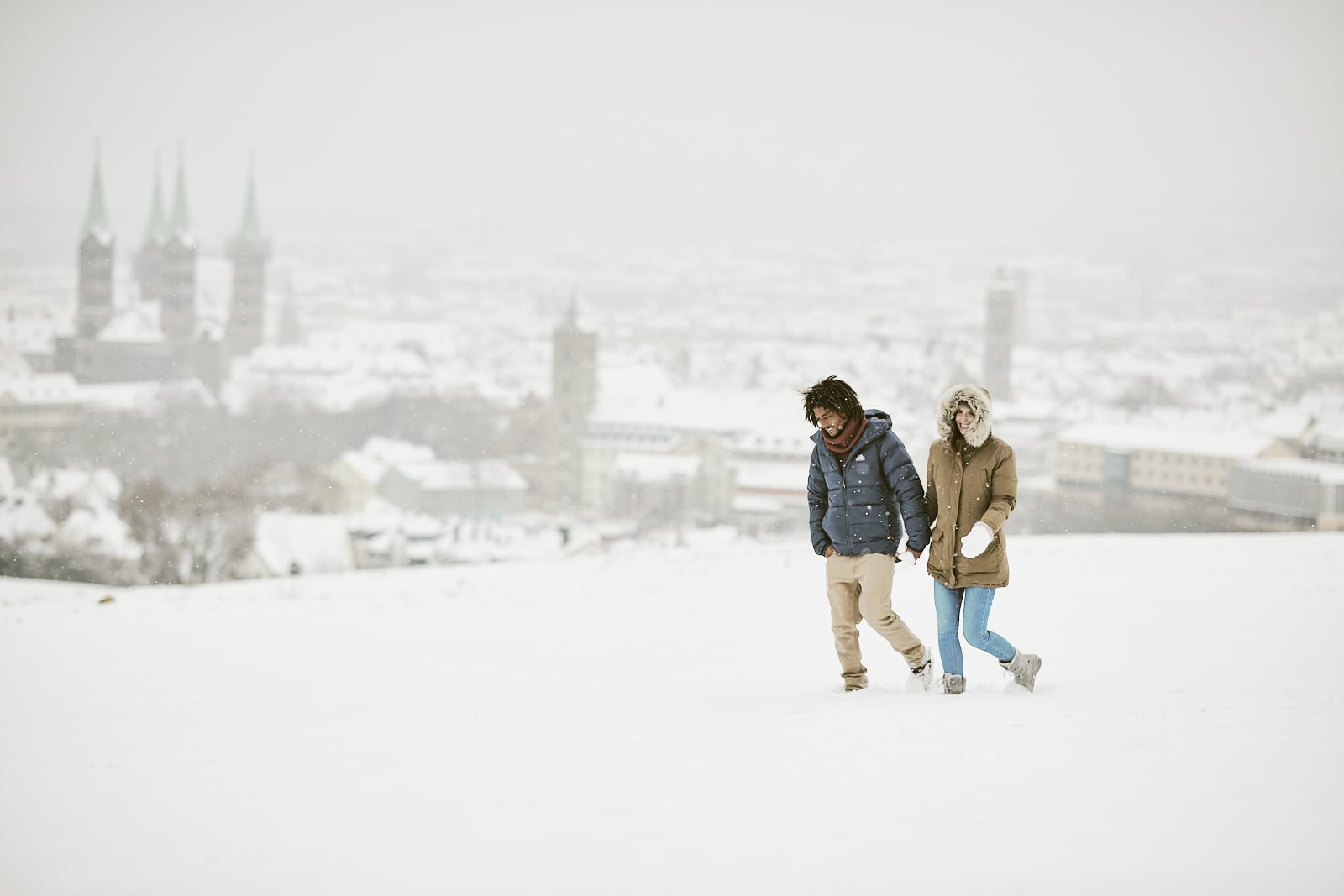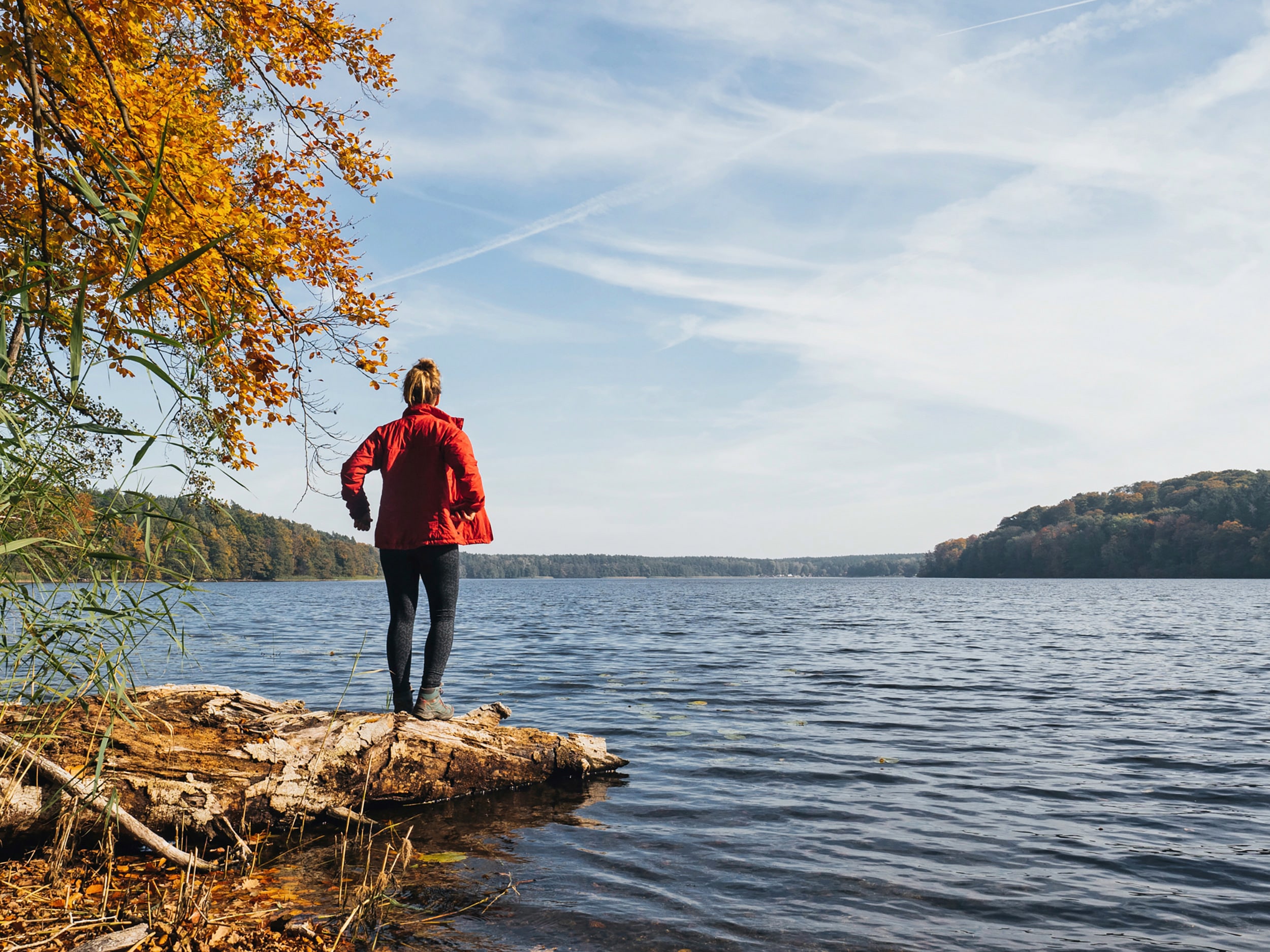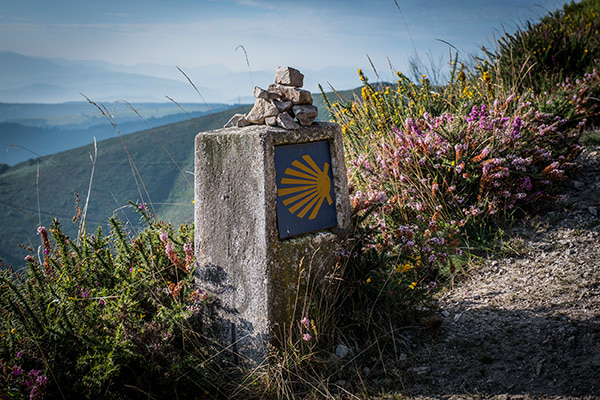Even if you pay attention to numerous sustainability aspects when hiking, you still have to get to the mountains somehow. This is often done by car. But here, too, you can be more conscious when travelling. Perhaps next time, simply form a car pool so that you don't have to drive three cars into the mountains to go hiking with friends.
Another option is to use local public transport. Why not simply travel by train on your next tour? The big advantage is that you have much more flexibility when choosing your hiking route, as you don't have to return to the car park, but can travel back from a different waypoint.
Of course, you can also skip the journey completely. Simply hike at home and discover tours on your doorstep. There are wonderful tours in every region that you have often never discovered yourself. True to the motto "Why go far away when the good things are so close", you are sure to discover one or two hiking highlights here.
